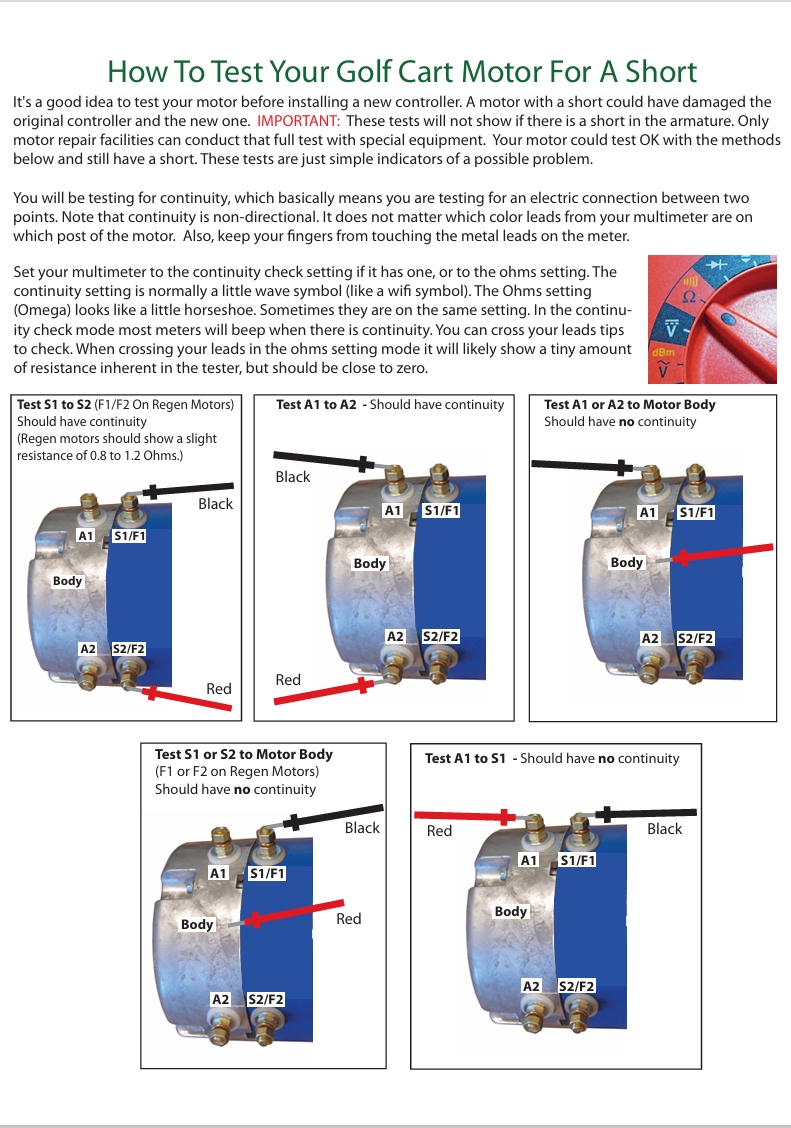Understanding the Amp Draw of a golf Cart Motor
Golf cart motors, like any electric motor, require electrical current (measured in amps) to function. The amount of current drawn by the motor varies significantly depending on a multitude of factors, making it a complex yet crucial aspect of golf cart operation and maintenance. This article delves into the key factors influencing motor amp draw, providing insights into how it impacts performance and battery life.
What is Amp Draw?
Amp draw refers to the amount of electrical current flowing through a circuit, in this case, the circuit powering the golf cart motor. It’s essentially a measure of the electrical demand placed on the battery pack. Higher amp draw signifies a greater demand for power, typically occurring during periods of increased exertion, such as:

Acceleration: When the golf cart accelerates from a standstill or while climbing inclines, the motor requires a surge of power to overcome inertia and gain speed. This translates to a significant increase in amp draw.
Factors Influencing Amp Draw
Several factors interact to determine the specific amp draw of a golf cart motor:

Larger Motors: More powerful motors, designed for higher speeds and greater torque, naturally draw more current to achieve their performance capabilities.
State of Charge: A fully charged battery pack can deliver higher current compared to a partially discharged one. As the battery’s charge depletes, its ability to provide the necessary current decreases, potentially leading to reduced motor performance and increased amp draw.
Speed Limits: Adjusting the speed limiter on the controller can directly impact amp draw. Higher speed limits generally require the motor to work harder, leading to increased current draw.
Proper Tire Inflation: Underinflated tires increase rolling resistance, requiring the motor to work harder to overcome this resistance. This increased effort translates to higher amp draw.
Aggressive Acceleration: Rapid acceleration demands a significant surge of power from the motor, leading to a sharp increase in amp draw.
Temperature: Extreme temperatures, both hot and cold, can affect battery performance and motor efficiency. High temperatures can lead to increased internal resistance within the battery, while cold temperatures can reduce battery capacity. These factors can indirectly impact amp draw.
Monitoring Amp Draw
Monitoring amp draw can provide valuable insights into the health of your golf cart’s electrical system and identify potential issues.
Amp Meters: Dedicated amp meters can be installed in the golf cart’s electrical circuit to provide real-time readings of current draw.
By observing amp draw patterns, you can:
Identify potential problems: High amp draw under normal driving conditions may indicate issues with the motor, controller, or battery pack.
Conclusion
Understanding the factors that influence amp draw in a golf cart motor is crucial for optimizing performance, maximizing battery life, and ensuring safe and efficient operation. By carefully considering the factors discussed in this article and monitoring amp draw, golf cart owners can make informed decisions about vehicle maintenance, driving habits, and upgrades to enhance their overall driving experience.



